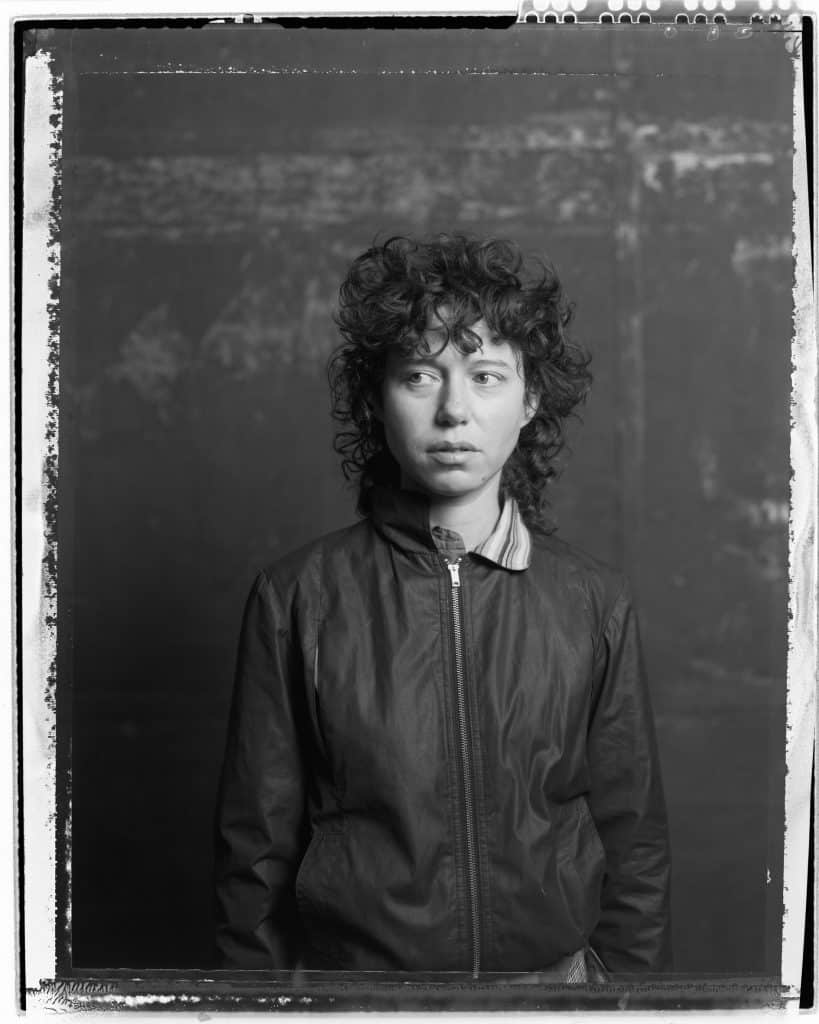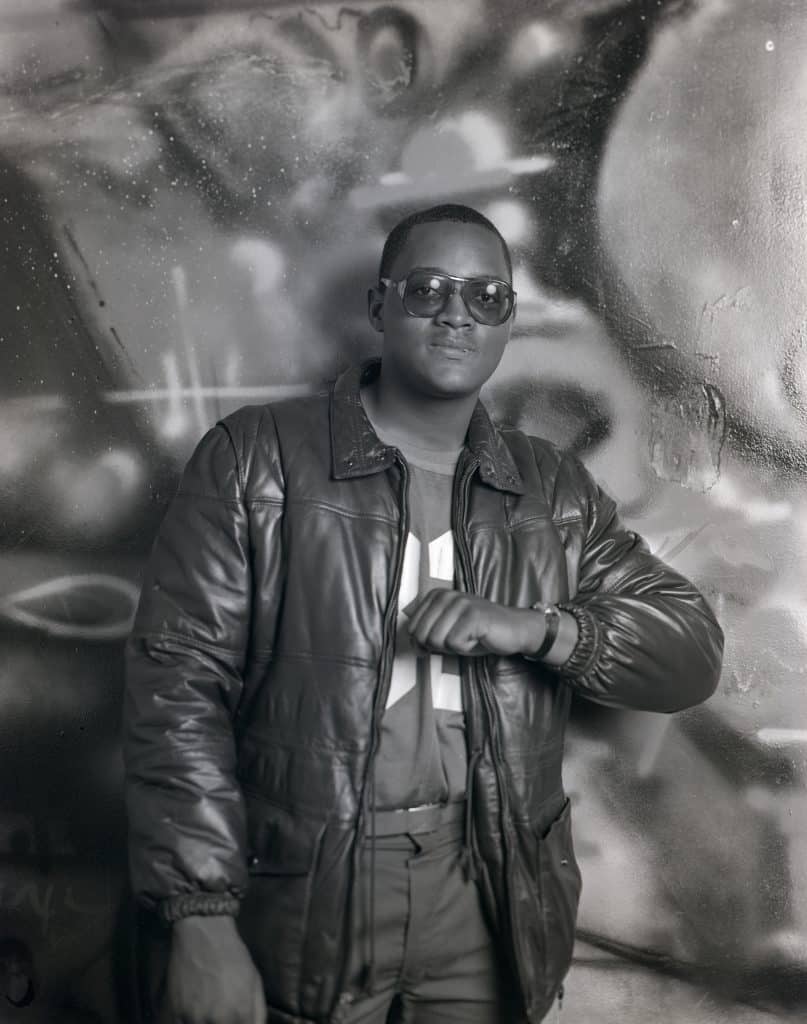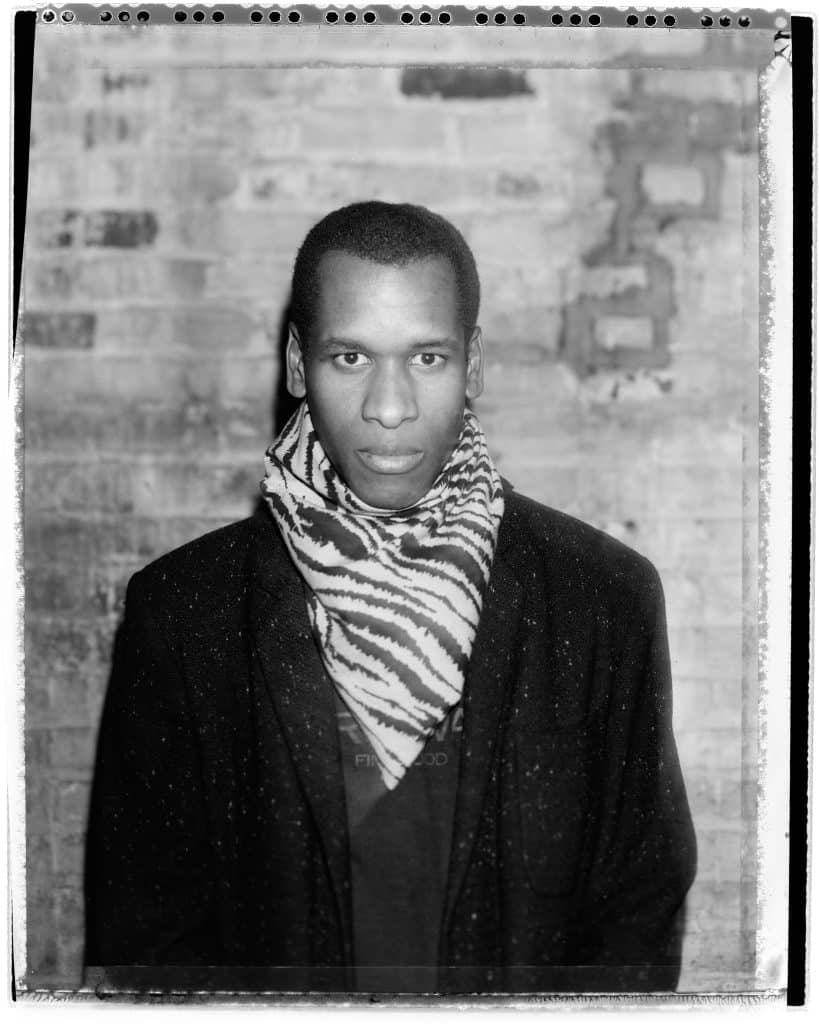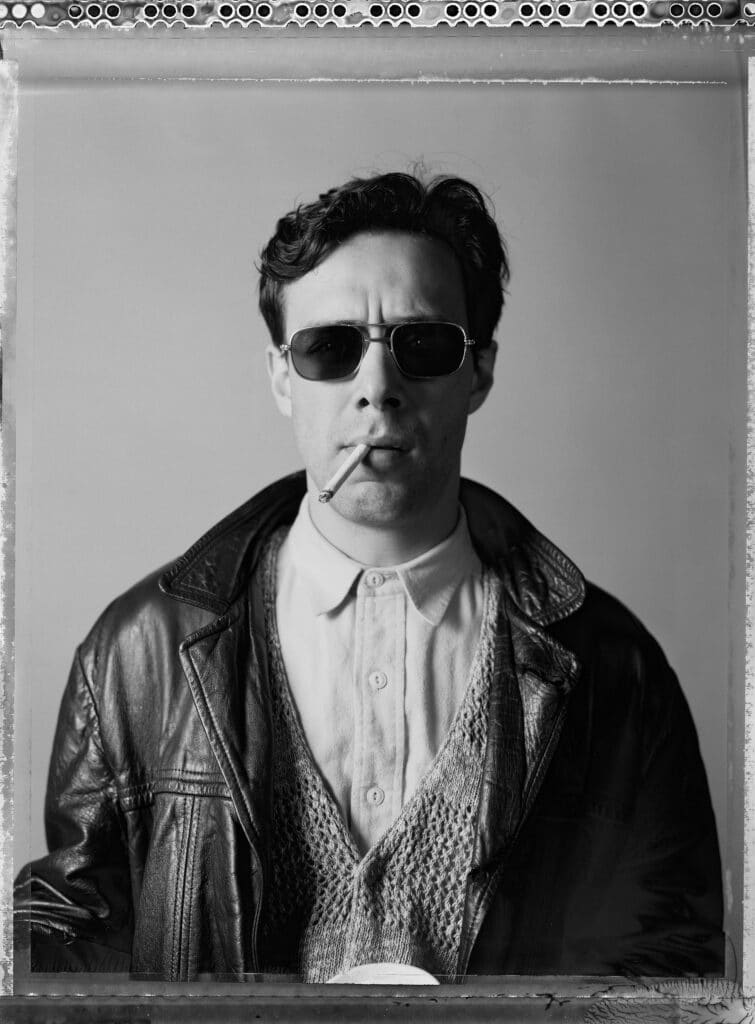
By 1980, the New York avant-garde had become so integrated within the fabric of the city that none less than Ronald Reagan used it as a backdrop to his presidential campaign. That August, Reagan staged a stop in front of John Fekner’s DECAY and BROKEN PROMISES artworks stenciled on the wall in a vacant lot on Charlotte Street in the South Bronx to capitalize on the failings of the Carter Administration.
Just three years earlier, President Jimmy Carter stood at that same spot, using the destruction of the Bronx to illustrate the horrors of “urban blight” as a piece of political theater. Reagan, a former B-list Hollywood actor, understood the power images; his light-colored suit and perfectly coiffed hair stood in sharp contrast to the harrowing scene of destruction, while local demonstrators chanted, “You ain’t going to do nothing.”
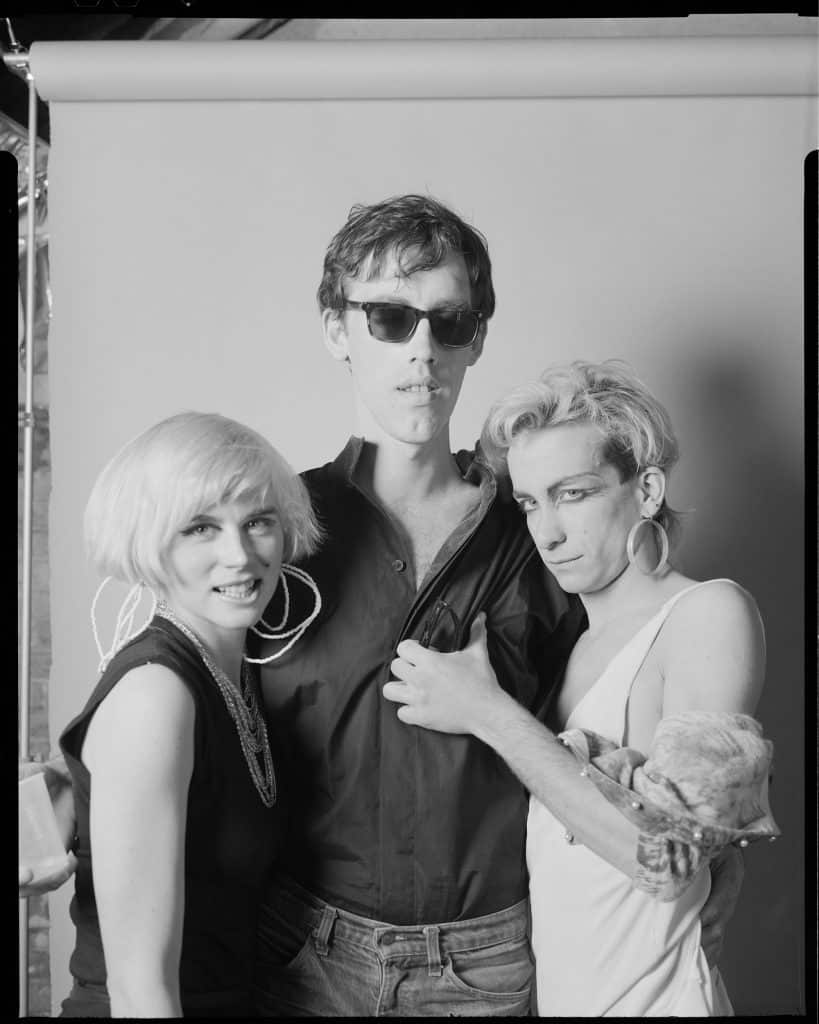
They weren’t wrong. While the white middle class was abandoning New York City for the suburbs, a new generation of artists began to arrive, drawn to the irresistible blend of cheap rent, open space, and freewheeling atmosphere that defined the times. They transformed the city into their canvas and created art from the debris. Some (like graffiti writers) were vilified as criminals while others (like street artists) were catapulted to the pantheon of the art world in record time. But one thing they all shared was the fervent desire to create.
On the Cutting Edge
Down in Soho, manufacturers abandoned the massive industrial buildings constructed after the Civil War. They began to fall into disrepair, attracting young artists willing to work around the lack of basic amenities, such as plumbing, electricity, and heat. Young and hungry, unspoiled by bourgeois entitlement, many made do, pioneering whole neighborhoods where lofts now sell for millions of dollars.
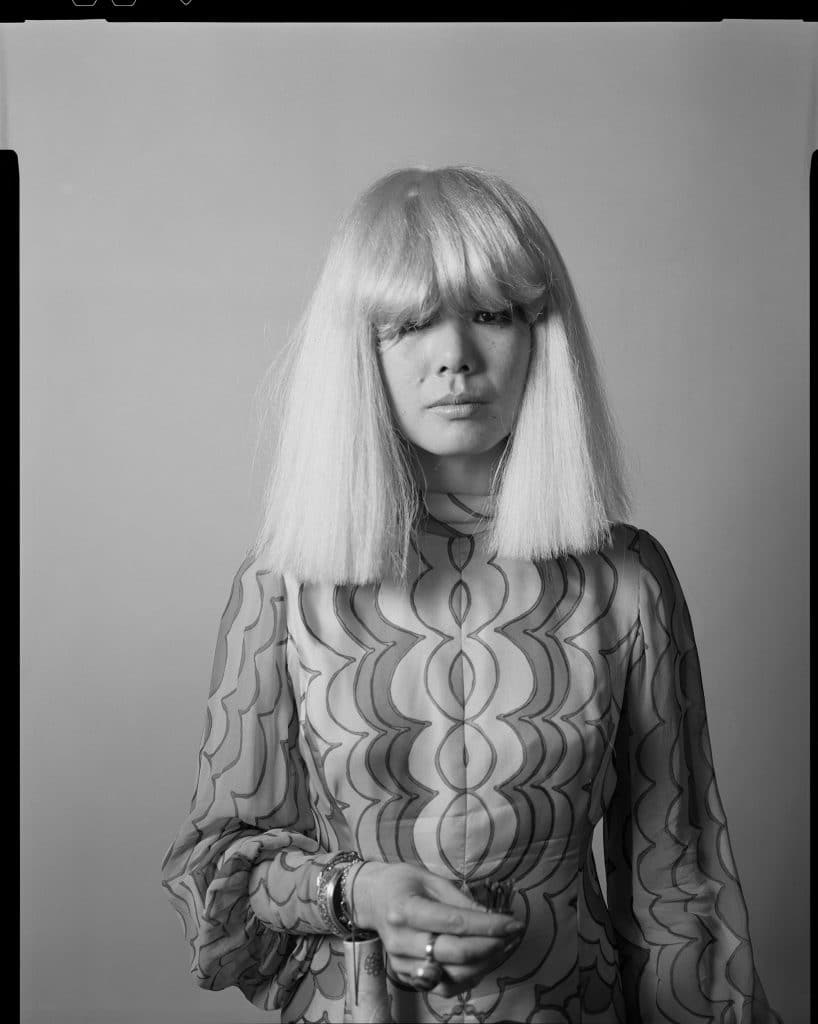
© Tom Warren and Pulpo Gallery
In March 1979, photographer Tom Warren traveled to New York to visit a few friends. Their roommate had just bought a loft in Soho and needed someone to do demo and construction. “I took a look on my second day, got the job and never left,” he says. “I just loved it. I came from Cleveland, which was very different. I couldn’t spend the day walking down the street and going to see cutting edge contemporary art. In New York, it was right here on my doorstep.”
By day, Warren photographed paintings at Sotheby’s and by night, he let loose in the burgeoning East Village art scene. Inspired by the people he encountered, he began taking large-format portraits in the tradition of Mike Disfarmer, chronicling the extraordinary cast of characters he met along the way. In 1980, Warren set up his first Portrait Studio at his Broome Street studio before taking it on the road — setting up shop in some of the era’s most influential art spaces including ABC No Rio, Semaphore Gallery, Fashion MODA, Gracie Mansion, and PS 1.
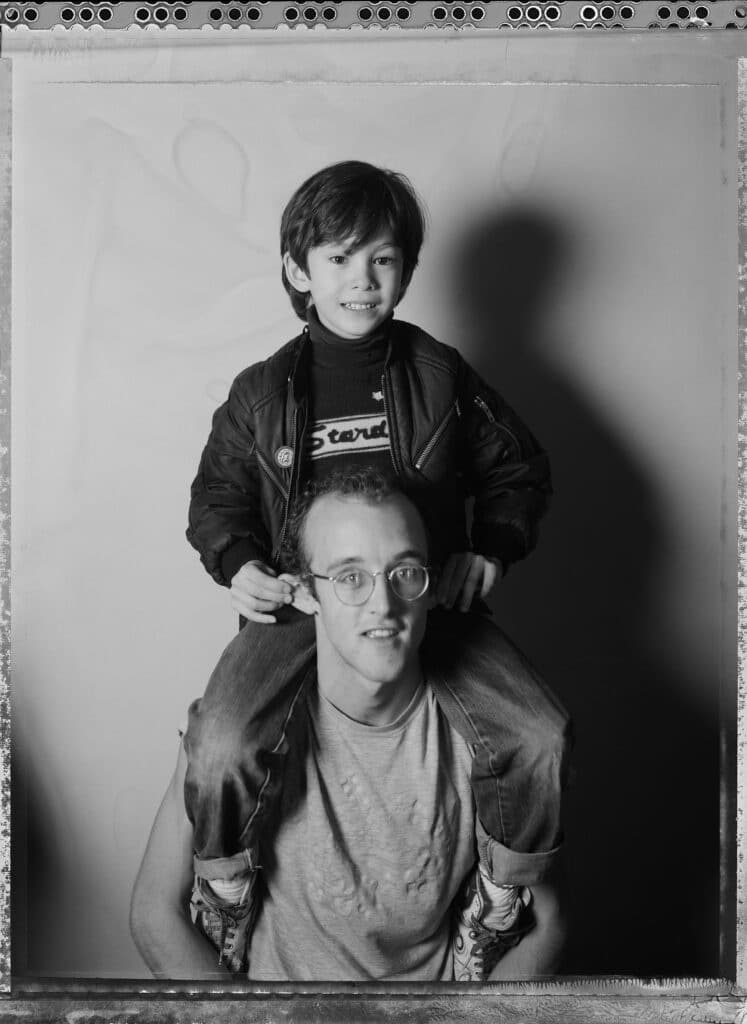
Although Warren didn’t think of his work as a form of performance art, the artists he photographed often brought that to the work — transforming the very straightforward portraits into a collaborative dance between photographer and subject. In the new book Tom Warren: The 1980s New York Art Scene – Portrait Studio / Visual Journal, Warren brings together some of the most influential artists of the time including Peter Hujar, Keith Haring, Marilyn Minter, Sur Rodney Sur, John Fekner, and Jimmy De Sana to create a veritable who’s who of the New York avant-garde.
One Frame at a Time
Tom Warren became interested in photography as a child. “My parents didn’t let me touch their camera, which they only used to take snapshots of us kids,” he says. “I retaliated and when I finally got my own camera, I said I would never photograph people. Instead I would make art.”
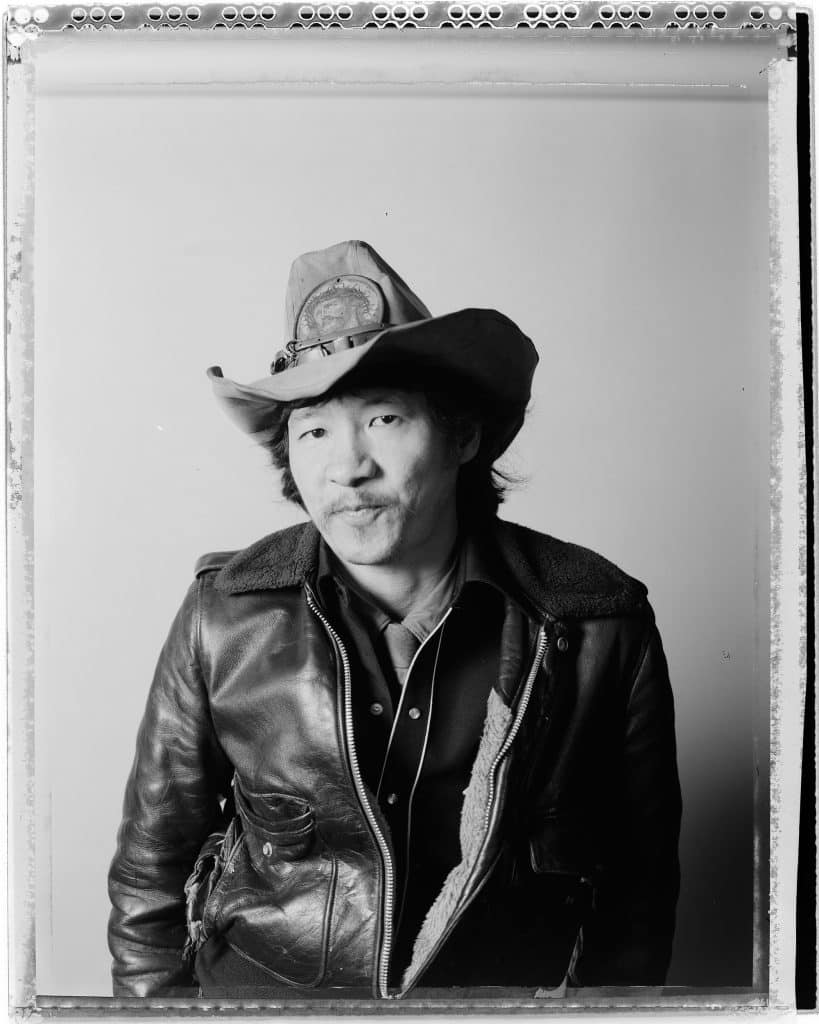
© Tom Warren and Pulpo Gallery
But everything changed when Warren took a portrait seminar at Kent State University. He learned to use a 4×5 camera and loved the slow, methodical pace, bringing 19th century technology into an uber-modern world. Warren, who had previously struggled with taking random portraits of people on the street, found that the shared space of the studio was much more to his liking.
While paging through a copy of Creative Camera, Warren came across the work of Mike Disfarmer, who photographed the people of his rural Arkansas community during the first half of the 20th century. In these quiet but revealing portraits, Warren recognized a kindred spirit — an artist interested in looking at members of the community one frame at a time.
The Session
Committed to providing a good likeness for people that might not otherwise have access to a large format portrait, Tom Warren printed little leaflets advertising his services for just $1 a portrait. When he moved the Portrait Studio to largely Black and Latino neighborhoods like ABC No Rio on Manhattan’s Lower East Side and Fashion MODA in the South Bronx, the community turned out, eager for an affordable portrait in the days before digital.
“One of the nice things about New York is the street traffic that allows for Mom & Pop shops to flourish,” Warren says. “That’s exactly what happened with the Portrait Studio. Many people came in off the streets, both artists and non-artists. My favorite photographs are the locals; they had interesting faces and were a core community.”
His sitters were equally fascinated with the 4×5 camera and began adopting poses reminiscent of historic portraiture. “The format of this camera was instrumental, as was the fact that I worked with Polaroid type 55, positive/negative film. Afterwards, I could give the sitter the immediate gratification of a print and I had a wonderful negative,” Warren says.
Class of 1980s
While attending Kent State, Tom Warren worked as a yearbook editor – a talent he transferred to The 1980s New York Art Scene. The book concludes with a chronological series of portraits made at each edition of the Photo Studio, providing us with a revealing portrait of not only the artists but also their chosen milieu.
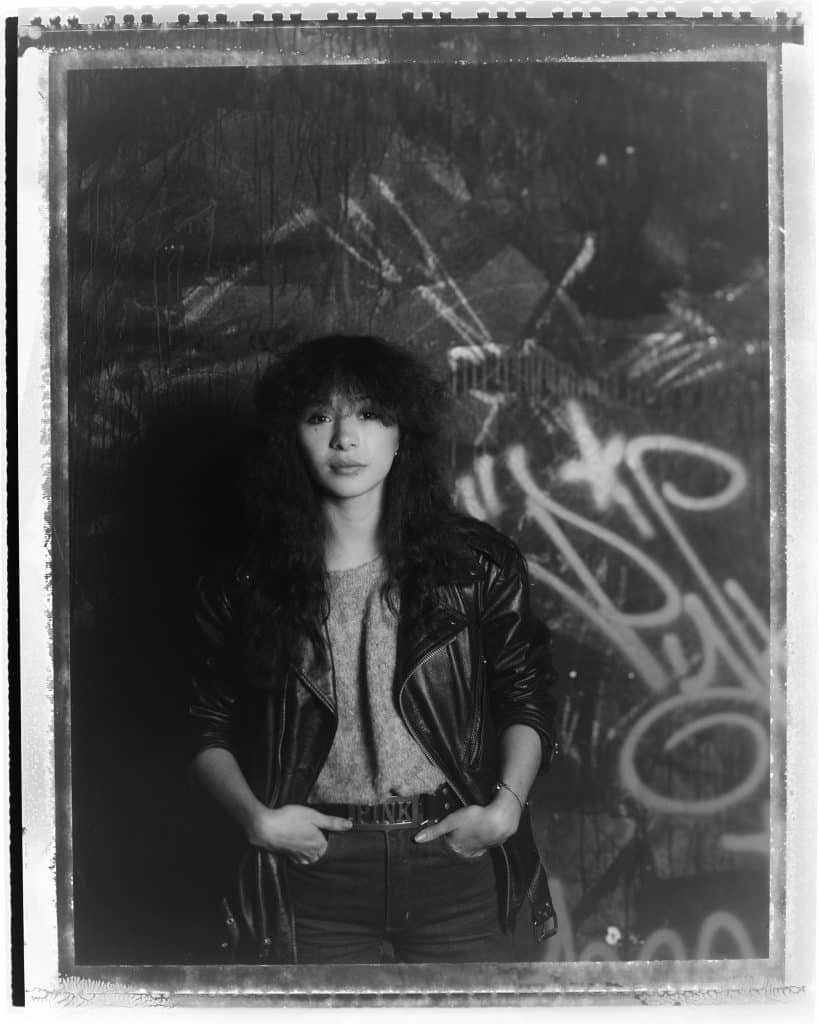
East Village Eye publisher Leonard Abrams, artist Kiki Smith, and photographer Bill Bernstein frequented ABC No Rio in October 1981, while graffiti writer Lady Pink, art critic Carlo McCormick, and filmmaker Charlie Ahearn could be found at Fashion MODA in January 1983. Row after row of artists, curators, publishers, and writers joyously come together for their close ups.
With the advent of AIDS, many of the people Warren photographed would pass before their time, his portraits becoming memorials to talents never fully realized. But for a brief moment, they ruled the New York art world and paved the way for a new era.
Tom Warren: The 1980s New York Art Scene – Portrait Studio / Visual Journal is published by PULPO GALLERY X Hatje Cantz, $80.00.

